 By: Ana María Díaz
By: Ana María Díaz
The risks and drawbacks facing NGOs in Mexico are mainly of a financial and regulatory bent, and tend to affect mainly organizations with weaker structures, undermining their ability to produce the desired results and, in some cases, threatening their very existence. Some of the problems most often encountered include: the absence of a regulatory framework, inefficient management systems and budget controls, inefficacy of the projects undertaken and lack of transparency in the rendering of accounts, while the poor performance of such organizations can be indirectly attributed to Mexico’s incipient culture of donation.
The term “Non-Governmental Organization” or its abbreviated form “NGO” became generalized when the UN wanted to distinguish between specialized inter-governmental entities and private organizations. NGOs are civil society organizations created by volunteers independently of local, regional and national governments and international organizations in response to needs not met by the State. Their goals and purpose are defined by their volunteers, who champion a specific cause, commit to a series of humanitarian undertakings, make governments aware of society’s concerns and oversee programs to ensure these are implemented in accordance with established policies.
The NGO sector goes by many different names, with its organizations being dubbed voluntary, non-profit, charity, social economy and civil society enterprises. More recently, the trend has been to refer to this as the “third” sector. In each country, civil society organizes itself differently, depending on its specific history, economic context, social and cultural structure, and regulatory and legal frameworks. These factors have given rise to a great diversity of organizational structures that reflect the idiosyncrasies of the country in question.
In the case of Mexico, Catholic and charity organizations had a marked influence on some of the organizational structures and forms the country’s NGOs take today. It wasn’t until the 1980s that civil organizations and society at large began broadening the scope of their actions, with the individualist concept of social welfare giving way to a broader, more comprehensive one in which the community assumes greater responsibility and plays a more active role in programs and coordinated government efforts. In the 1990s, Mexico joined the global social development movement, which is when organizations of this type began to seek legal status.
The term “NGO” is not a legal concept per se. Under Mexican law, non-profit organizations are deemed artificial persons and take the form of corporations or partnerships – Sociedad Civil (S.C.), Asociación Civil (A.C.) or Institución de Asistencia Privada (I.A.P.) – regulated by the civil code. As such, they not subject to income tax.
There are over 20,000 civil society organizations in Mexico, of which only 50% or so are legally recognized, according to data furnished by the Mexican Center for Philanthropy (CEMEFI). Based on the findings of a qualitative study on NGOs in Mexico City, on an operational level, these take three main types of organizational structure.
The first group comprises legally founded organizations with a formal structure and that are authorized to accept donations. These generally have efficient accounting and management systems that make it possible for them to divulge information on their plans and programs and file financial statements. They also tend to have a high degree of sophistication, since they account for the bulk of corporate donations and are transparent, both internally and externally. Their structure makes them eligible for federal funding, provided they are listed on the Federal Register of Civil Society Organizations (CLUNI). And in terms of governance, they tend to have solid management models, with decisions being taken jointly by a board of trustees or advisors.
Next are organizations that are legal entities, but that lack professionalization. These have an operating structure of sorts, but tend to be poorly managed, mainly because those responsible for the organization’s proper functioning often lack the knowledge to guarantee its optimum development, blocking the path to funding afforded by certain programs. Furthermore, a lack of assets often hinders the structural growth of organizations in this group.
Finally, the most worrying group are organizations formed by well-intentioned people with a common goal, but that are not legally recognized and, consequently, tend to lack management and accounting systems. Because they are not registered, such organizations are not required to provide information on their purpose. Even more alarming, because they are not required to render accounts, there is no way of knowing for certain how they raise their funds or if these are actually put to the cause donors -on whose good will they survive- are led to believe. And because they do not have to answer to any regulatory body, they are not subject to sanctions either.
To address the problem, several non-profit organizations in Mexico, like CEMEFI and the Board of Private Welfare Institutions (JIAP) -a decentralized agency of the Mexico City government-, run educational courses and workshops. This professionalization of the so-called third sector includes everything from advice on legal requirements for the founding of an NGO to help with administrative and accounting procedures, work programs, budgeting, and the filing of financial statements and tax returns to ensure transparency in the rendering of accounts, with emphasis being placed on the importance of electing a board of trustees or independent advisors to guarantee the organization’s sustainability.
According to sources at CEMEFI and JIAP, civil society organizations that are legal entities, have a solid organizational structure, are authorized to accept donations and are registered with CLUNI are more likely to achieve their goals and survive the test of time. And because they are subject to tighter controls and are required to render accounts to various bodies, they are less likely to divert funds to unauthorized causes.
Conclusion
Organizations lacking formal legal and management structures tend to disappear relatively quickly. This is because they depend mainly on the good will of donors and cannot accept donations from corporations, official organizations or government programs, since they are not authorized to do so and do not comply with applicable legal and administrative requirements. Regularizing such organizations is difficult, but not impossible with the help of the aforementioned training programs.
Equally important are the people chosen to manage the organization – preferably people with an educational background in keeping with the duties entrusted them by its governing body, to ensure obligations toward state and other private entities are duly complied with.
The management models many of these organizations currently employ have proven not to be the most recommendable. Notwithstanding, in the absence of a set of standardized regulations governing NGOs, campaigns promoting a culture of donation and educating civil society as to how to donate take on even greater weight, namely the importance of donating to official organizations as opposed to directly to an individual or cause. Donors need to be informed of their right to request financial information on the organization and details of the programs it implements with a view to achieving its stated goals. They also need to know they are entitled to request a tax-deductible receipt for the full amount of their donation. By the same token, organizations should be required to divulge publicly and on a regular basis the use donations are put to and it should be made mandatory for all organizations to publish an updated activities report at least once a year on their websites, which should be maintained in working order so the public can be sure they are efficient and are using their funds appropriately.
There is no magic formula that can overcome the limitations and solve the problems facing NGOs in terms of their management systems, rendering of accounts, structural growth and performance evaluation. Rather, NGOs in Mexico will become more professionalized to the extent civil society and the business sector demand they comply with increasingly stricter regulations.?


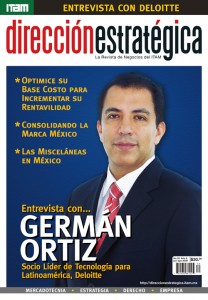


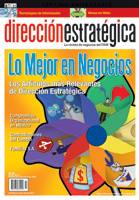


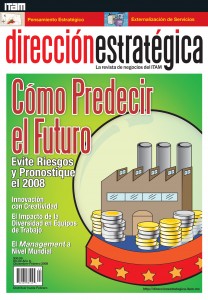


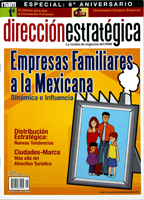
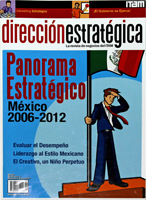
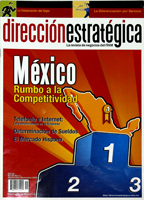

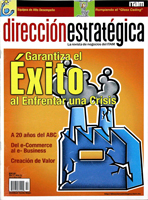


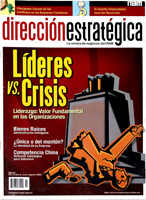

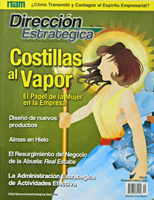

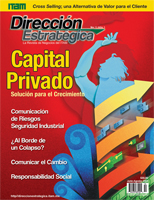

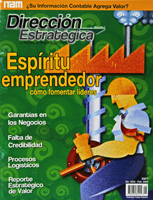
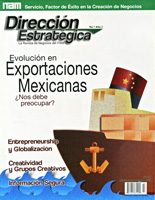
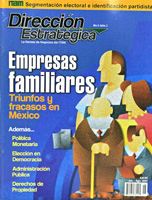

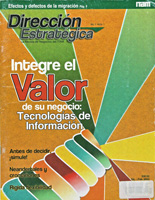
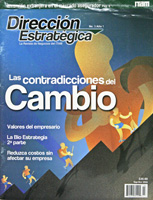
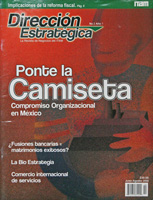

One Comment
soy presidente de una organización de la sociedad civil denominada “fundación todo por zacatepec, a.c.” debidamente acreditada sin ser donataria. contamos con la clave “cluni” para gestionar los recursos federales a través de la sedesol.
no hemos logrado avance alguno pues no hemos recibido ningún tipo de capacitación y parecemos un barco a punto de naufragar. contamos con un padrón de afiliados de aproximadamente 800 afiliados. somos del estado de Morelos, del municipio de zacatepec.. ¿para poder obtener un curso de capacitación, que costo tendría? ya que somos una organización sin fines de lucro y lo que hacemos solo lo hacemos con nuestra cooperación. somos 11 integrantes del consejo de administración contando conmigo como presidente.
espero su valiosa y esperanzadora respuesta.